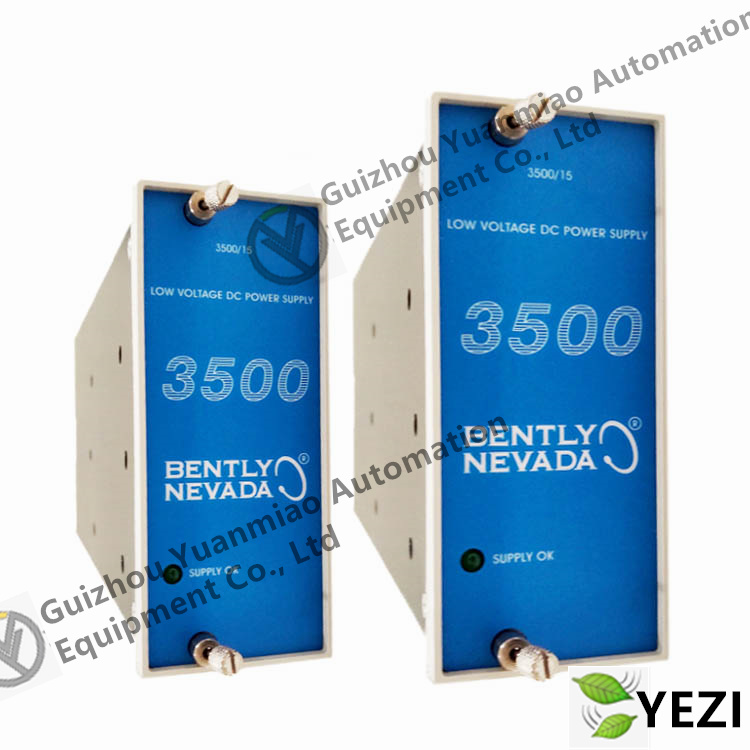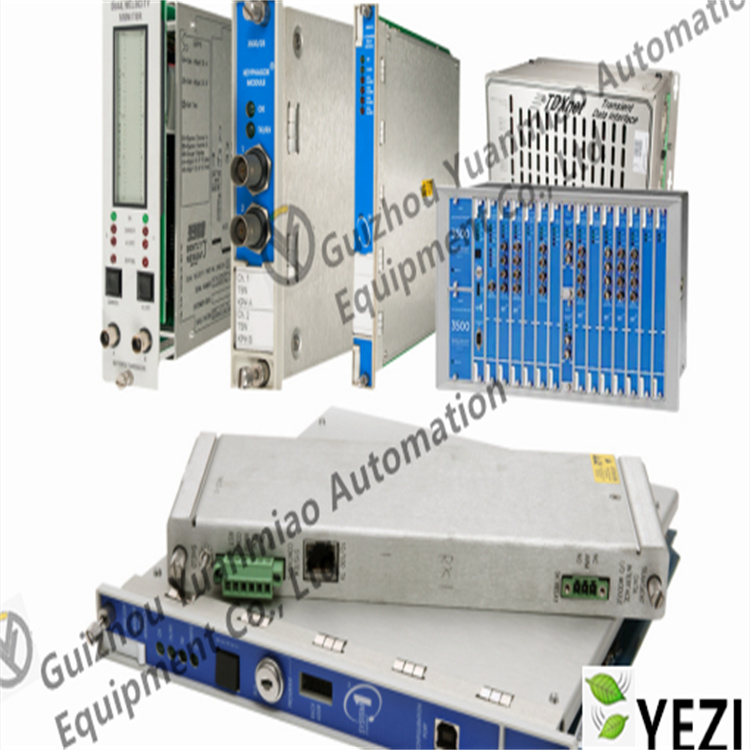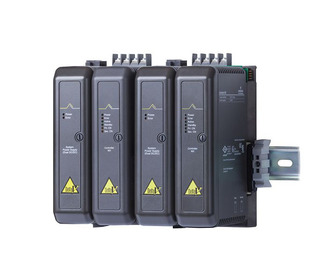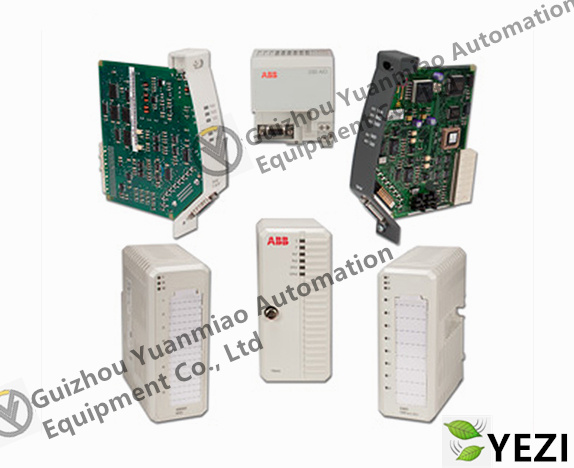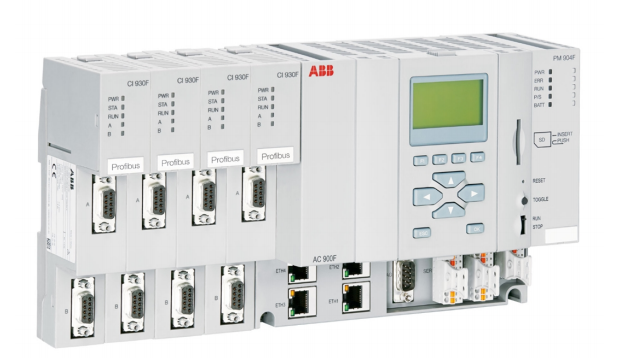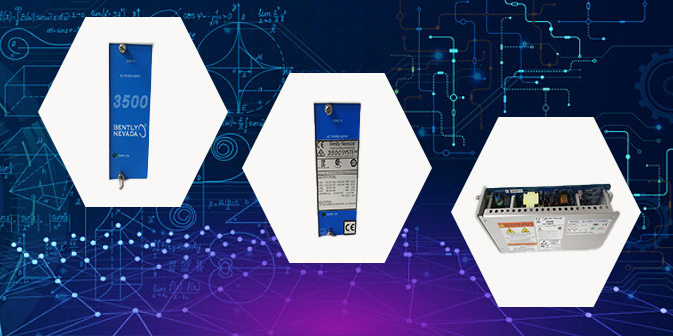
The 3500/25 is an enhanced key – phase module developed by Bently Nevada, which is part of the 3500 series monitoring system. It is mainly used to provide key – phase signals for monitor modules in the 3500 rack, playing a crucial role in the precise measurement and analysis of the key – phase of rotating equipment. The following is a detailed introduction: – **Basic Characteristics**:It is a half – height, dual – channel module, which can perform two – way key – phase signal measurement simultaneously. – **Working Principle**:The module receives input signals from eddy – current sensors or electromagnetic sensors, and converts these signals into digital key – phase signals. This digital signal can indicate the precise moment when the key – phase mark on the shaft passes through the key – phase probe. – **Signal Input Range**:The input signal range of the non – isolated I/O module is +0.8 V to 21.0 V, and that of the isolated I/O module is +5 V to -11 V. Signals beyond this range will be internally limited by the module. – **Key Functions**:It can provide key – phase signals for 3500 monitor modules, enabling the measurement of shaft rotational speed and vector characteristics such as 1X vibration amplitude and phase by 3500 monitoring modules and external diagnostic tools. In addition, it can also return module and channel status, providing convenience for system fault diagnosis and maintenance. – **Configuration Options**:For normal configuration, the 3500 mechanical protection system can accept up to four key – phase signals, and for paired configuration, it can accept up to eight key – phase signals. When a system key – phase input is required for triple modular redundancy (TMR) applications, the 3500 system should use two key – phase modules, and these two modules work in parallel to provide primary and secondary key – phase signals to other modules in the rack. – **Design Advantages**:It has design features such as buffered sensor outputs and insulated or uninsulated I/O module terminals, which enhance its flexibility and reliability in practical applications. Moreover, it expands the key – phase signal processing function, while retaining the complete downward compatibility of the existing key – phase module in terms of form and function, and can be used in the original system.

